Innovation usually leads to a thirst for the way things “used to be.” The widespread use of digital cameras, and the slow demise of film have led to a resurgence of plastic box cameras. These cameras are often referred to as “toy” cameras because of their basic construction and inexpensive price point.
The Diana first appeared in the early 1960s, and the Holga in the early 1980s. Both were produced as inexpensive novelty cameras and became widely popular with the public. These cameras have light weight plastic bodies, manual film advance and most have no flash. They are as basic as basic can get.
Because of the nature of their design, these plastic-bodied cameras are known for their quirkiness, including light leaks and double exposures. While modern digital cameras offer the ultimate level of control, toy cameras, such as the Diana and Holga offer the exact opposite – a lack of control that can sometimes lead to effects otherwise not possible.
Images from these cameras are usually grainy and have a very dream like and nostalgic feel to them. The images are imperfect, just like the cameras themselves. What these cameras offer, to professionals and novices alike, is another tool to capture images using very basic equipment.
If necessity is the mother of invention, then the Diana and Holga are perfect examples of bare-bones devices that can help photographers using traditional cameras step outside of their normal comfort zones. While they might not be for everyone, one just needs to look at their current popularity to see their appeal. Trend or not, I predict these cameras and the unique images they produce are here to stay.
Brian Sylvester is a guest blogger on WallSpin, and an artist on Zatista.


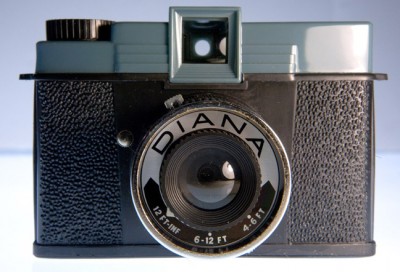

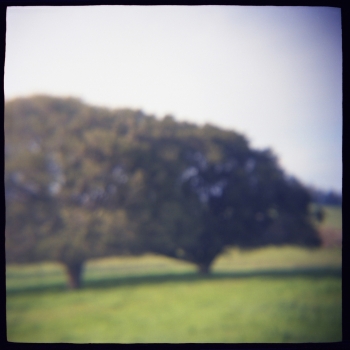
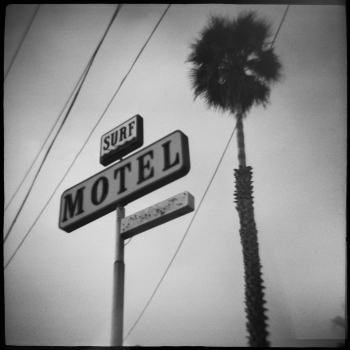
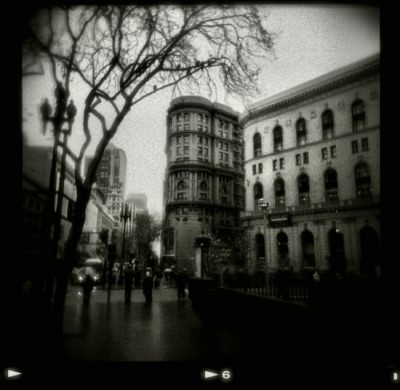
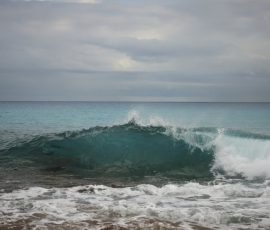
The more holga shots I see, the more I think Holgas were made to shoot palm trees. There’s something about them that evokes lazy summer days in time gone by.